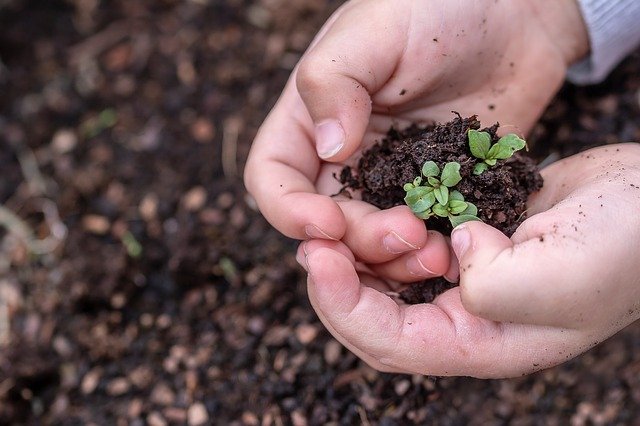
Building Communication Skills in Spring
With the warmer weather and melting snow, it is starting to feel and look like spring. Here are some ideas to help your child in building their speech and communication skills during a spring time activity. Introduce new vocabulary and describing words while planting a seed and taking care of a growing plant. New vocabulary may include: fertilizer, trowel, soil, etc. Be sure to utilize any new vocabulary words in sentences multiple times throughout the activity. Encourage your child to describe the texture of the soil and seeds, explain what they are doing, and discuss what they hope will happen as the plant grows. Describe the flow of the water as you water the seeds (e.g., slow, fast, dripping, etc.).


